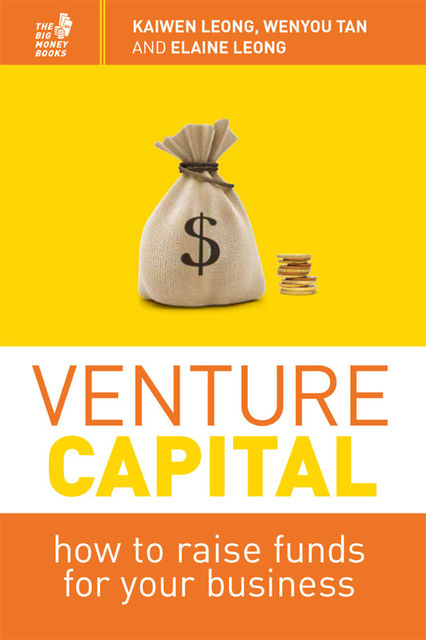Venture Capital. How to raise funds for your business
- Tentang
- Kutipan9
- Pembaca59
- Buku terkait
306 halaman cetak
Kutipan
- Thomas Munk Christensenmembuat kutipan7 tahun yang laluCash Flow from Investments (CFI). This is usually more important for large companies as it includes investments in property, securities, fixed deposits and acquisitions. Start-ups generally do not get involved in these activities and the cash inflow in this section is usually minor. However, there may be some outflow in terms of purchasing property, the plant and equipment. For example, if you purchase a bread-making machine for your business, it is considered a capital expense (outflow). If you merely rent the machine, it is considered an operational expense. Most start-ups will not risk spending too much on capital expenditure, as far as possible, as it is costly and jacks up the required working capital.
Furthermore, there are two types of ‘flows’—inflows and outflows. The definition of each is quite intuitive:
♦ Inflow. Money coming into your bank account—when you receive a loan from a bank.
♦ Outflow. Money going out of your bank account—when you pay for expenses. - Thomas Munk Christensenmembuat kutipan7 tahun yang laluCash Flow from Financing (CFF). This covers items to do with financing, such as bank loans, equity stake (given to investors such as venture capitalists) and interest expense. For example, angel investors often take preference shares with fixed dividends. The amount of dividends you have to give out each year would be a cash outflow from financing.
- Thomas Munk Christensenmembuat kutipan7 tahun yang laluCash Flow from Operations (CFO). Here is where your revenue and costs will show up, and it is the ‘thermometer’ to show how well your business is doing. This is by far the most important cash flow to look out for.
fb2epub
Seret dan letakkan file Anda
(maksimal 5 sekaligus)


